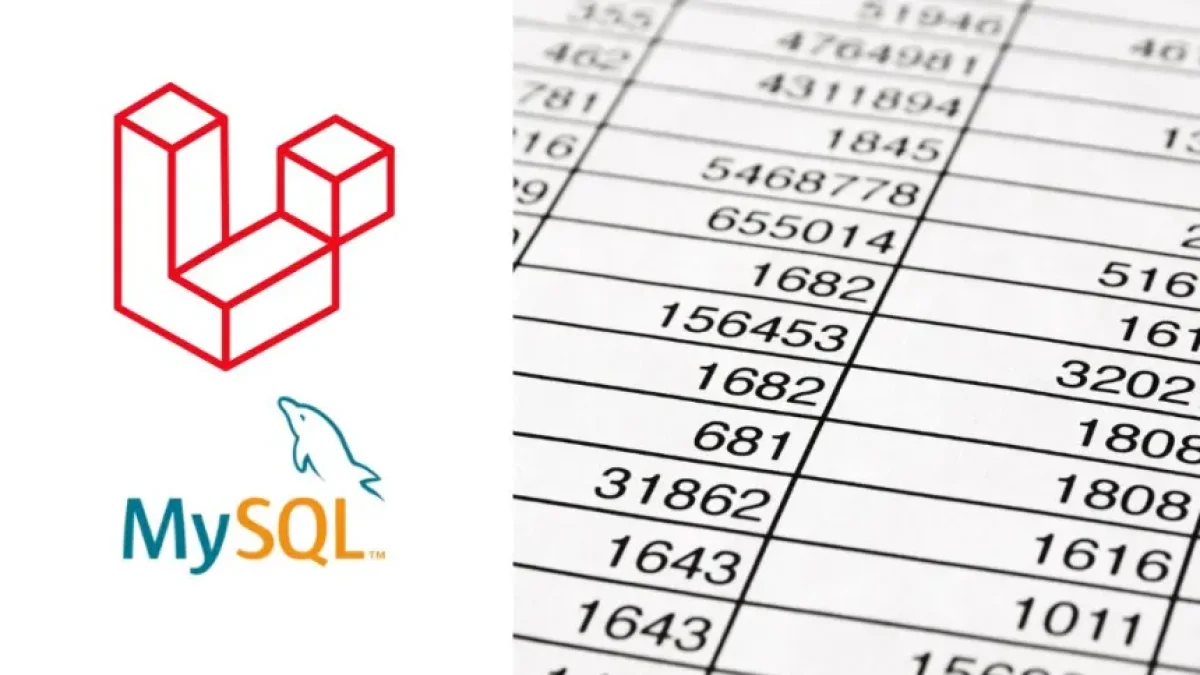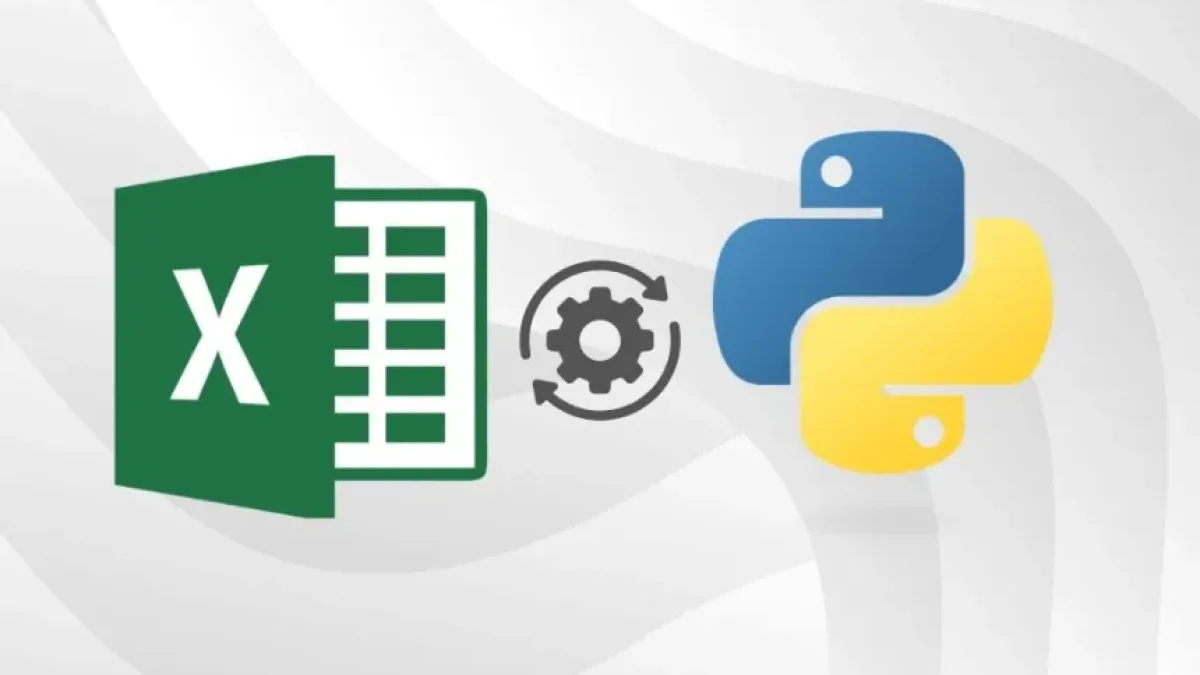Master Excel: 10 key functions for your professional resume.


In today’s job market, having Excel skills has become a fundamental requirement. This program, used by companies of all sizes, allows for tasks ranging from data management to information analysis. According to Harvard experts, mastering certain Excel functions can be a deciding factor when presenting your resume. Below, we present the ten functions you should consider incorporating into your professional profile.
1. VLOOKUP Function
The VLOOKUP function is essential for searching data in a table. It allows you to find a specific value and return related information from the same row in another column. It is ideal for organizing data and facilitating analysis.
2. IF Function
The IF function is fundamental for making logical decisions. It enables you to set conditions and returns different values based on the result of the test. This function is useful for data analysis and for creating reports that require customization.
3. SUMIF Function
The SUMIF function is perfect for summing based on specific criteria. With this function, you can sum only those values that meet certain conditions, which is essential for preparing financial reports.
Read also
4. CONCATENATE Function
The CONCATENATE function allows you to combine text from different cells. This is particularly useful when creating reports or when merging data that needs to be presented in a single field, such as full names or addresses.
5. PIVOT TABLE Function
Pivot Tables are one of Excel's most powerful tools. They allow you to summarize, analyze, explore, and present data interactively. With this function, you can perform complex analyses that facilitate decision-making.
6. COUNTA Function
The COUNTA function allows you to count non-empty cells within a range. It is useful for obtaining the total number of entries in a list, which can be valuable in management projects.
7. INDEX and MATCH Functions
The INDEX and MATCH functions are an advanced alternative to VLOOKUP. They allow you to search for values in arrays with more flexibility and are very useful in more complex data analyses.
8. TEXT Function
The TEXT function allows you to format numbers and dates according to your needs. This can be important for creating clear and comprehensible reports, visually adapting the data to the required standards.
9. NOW and TODAY Functions
The NOW and TODAY functions allow you to enter dates and times dynamically. This is useful for keeping records updated and tracking projects over time.
10. AVERAGE Function
The AVERAGE function allows you to calculate the average of a set of values. This calculation is fundamental in performance analysis and metrics across various work areas.
Conclusion
Mastering these ten functions will not only enrich your resume but also provide you with useful tools for data management in your professional daily life. Excel is a highly valued skill in the job market, and by learning these functions, you can differentiate yourself from other candidates.
I invite you to continue exploring more tips and articles on professional skills on my blog. Don’t miss it!



















